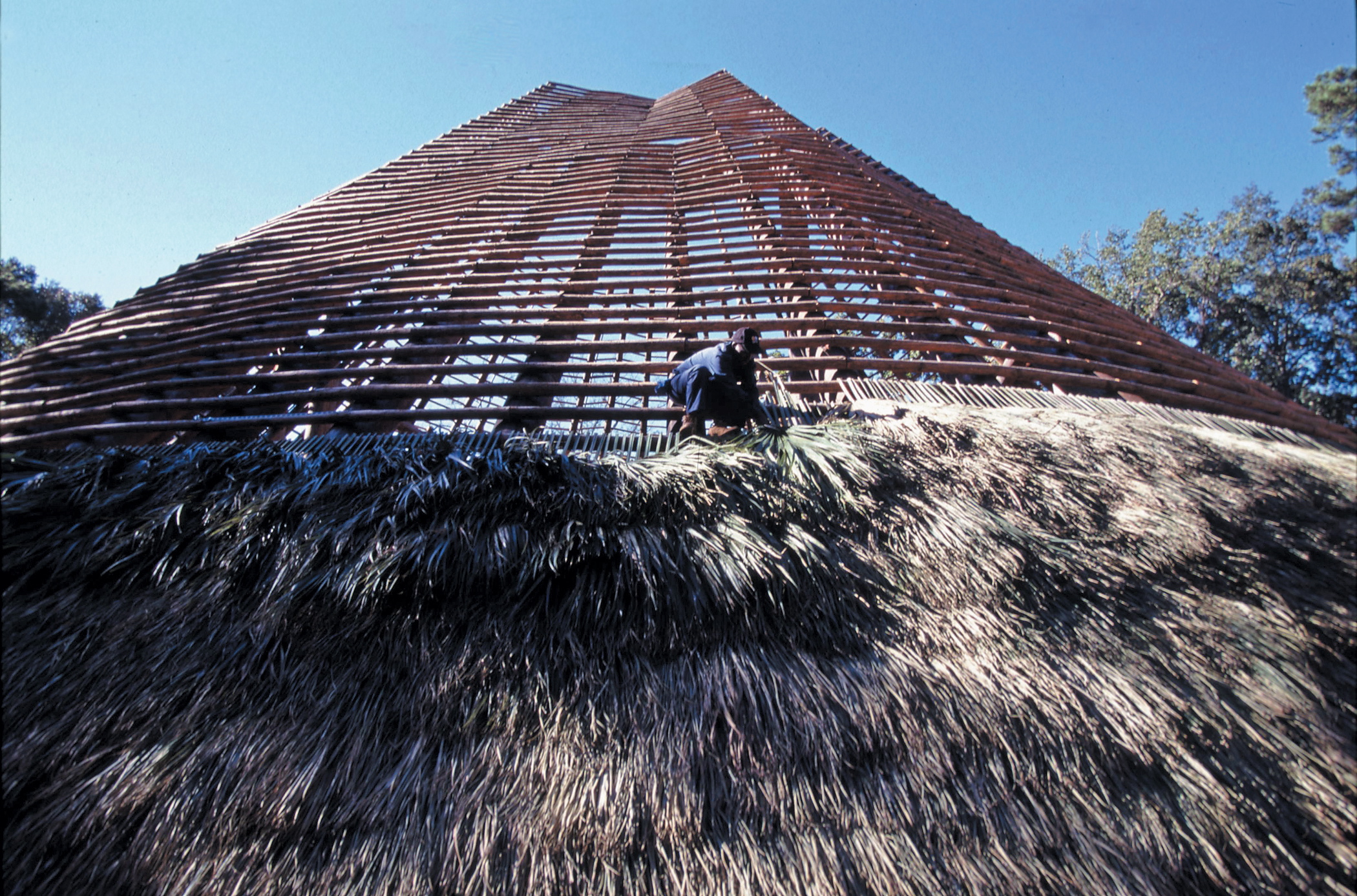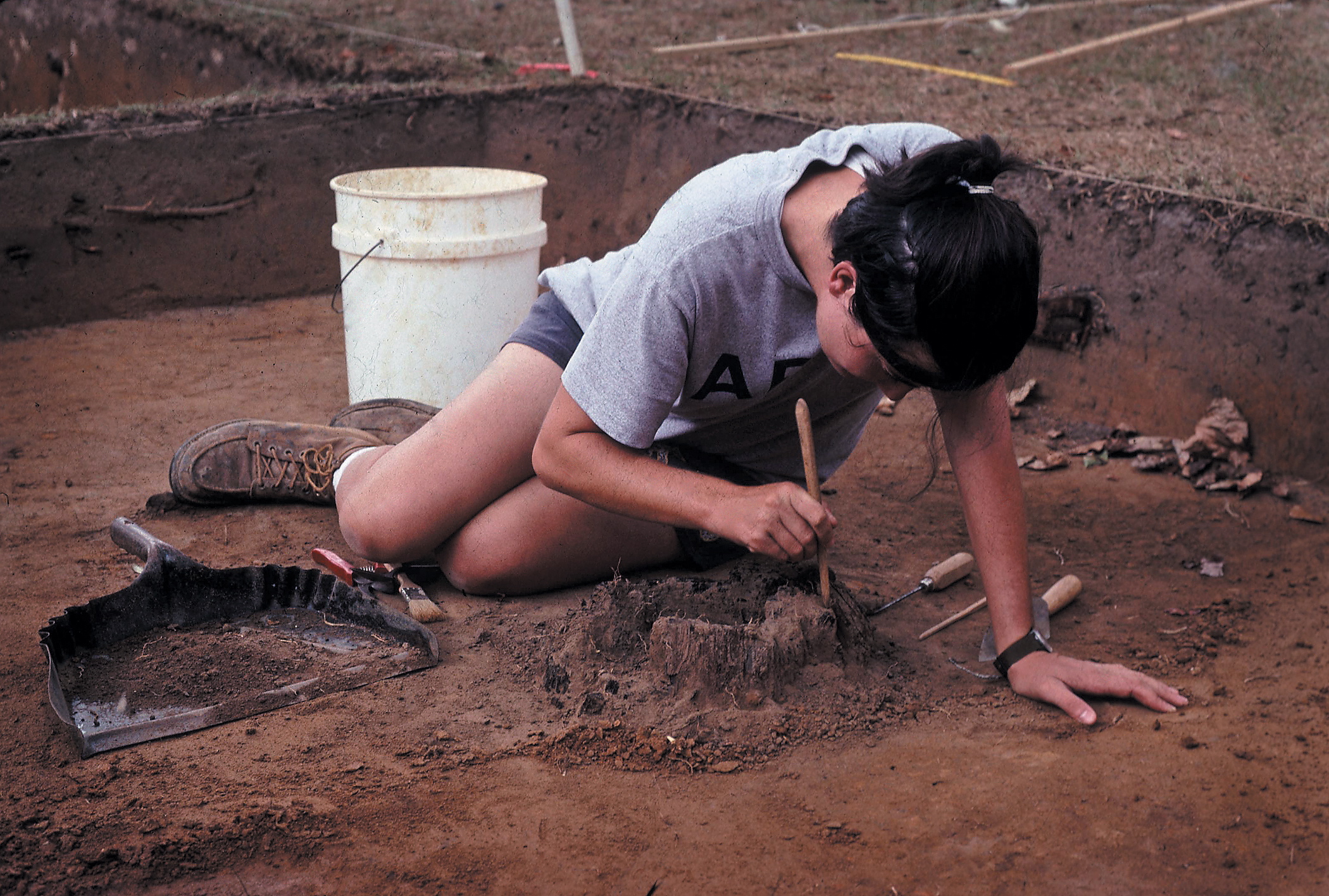Heritage Tourism Category:
Mission San Luis: Tallahassee, Florida
Few Americans are aware of the more than 100 Spanish missions established across North Florida during the 16th and 17th centuries. Thanks to decades of exhaustive archeological effort and painstaking research involving original mission documents, the State of Florida and multiple essential partners have recreated the former western capital of Spanish Florida at a time when it numbered more than 1,500 inhabitants. Mission San Luis, a National Historic Landmark, burned to the ground in 1704 but has risen from the ashes as a 60-acre window to the forgotten past.
Mission San Luis is a carefully coordinated project that combines long-term cultural resource management, historic preservation, humanities research, and interpretation. It also capitalizes on the rich potential of archeological resources for heritage tourism and public education to promote awareness of Florida's Spanish colonial missions.
The State of Florida acquired the property in 1983. Little was known about Mission San Luis at that time, but two decades of elegant and exhaustive archeological and historical research revealed a great deal about the physical and cultural life of the mission. For example, the enormous Apalachee council house was directly across the square from the Franciscan church. Unlike the norm in English colonies, the Spanish and Indian peoples intermarried and blended cultures to a remarkable extent.
Modern day visitors to Mission San Luis discover a re-created community where time stands still. There they meet the people of San Luis going about the tasks that sustained life centuries ago. They walk the plaza where the Apalachees played their traditional ball games. They visit the most important structure in the Apalachee village, the council house, and also stop at the home of the Spanish Deputy Governor. Visitors are welcomed at the church built under the supervision of Franciscans, and at the friary where they lived. Mission San Luis is a very special place where history comes to life.
Educational offerings to schools offer a door, rather than a window, to the past. During the course of guided tours students are conducted through each of the major reconstructed historic buildings at the Mission and the workplaces of the site's tanner, blacksmith, and potter. They interact with costumed interpreters who explain the differing cultures. They receive an overview of the development of the Mission, the lifestyles of its Spanish and Apalachee residents, the economic relationships this community had with other parts of the world, and its ultimate demise at the hands of invaders.
Other partners: National Endowment for the Humanities, University of Florida, National High Magnetic Field Laboratory, City of Tallahassee, Leon County, Florida Department of Education, Trust for Public Land, Visit Florida, Tallahassee Area Convention and Visitors Bureau, Department of Transportation, National Center on Accessibility, Friends of Mission San Luis, Appalachee Indians, Hispanic community, and the Catholic church.
Award recipients:
Mrs. Columba Bush, First Lady of Florida; and Dr. Bonnie McEwan, Executive Director, Mission San Luis.

